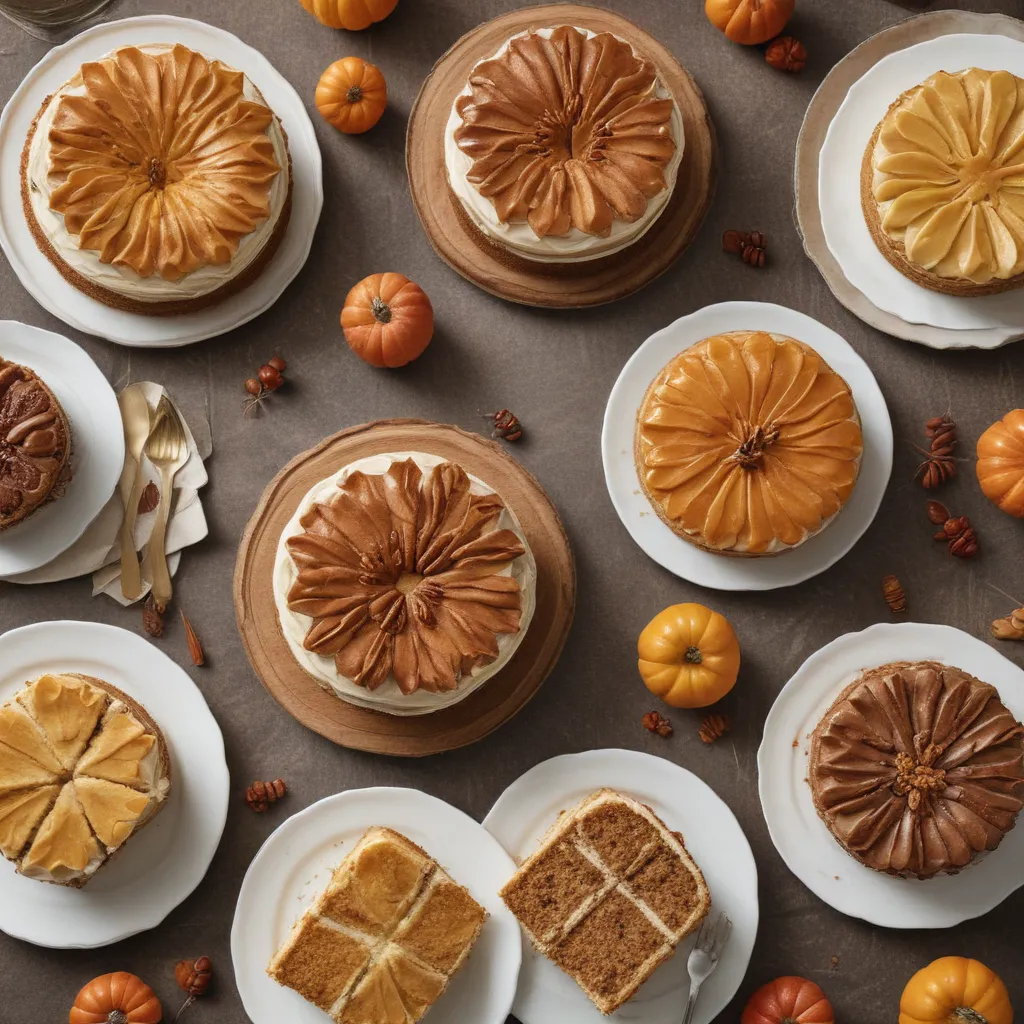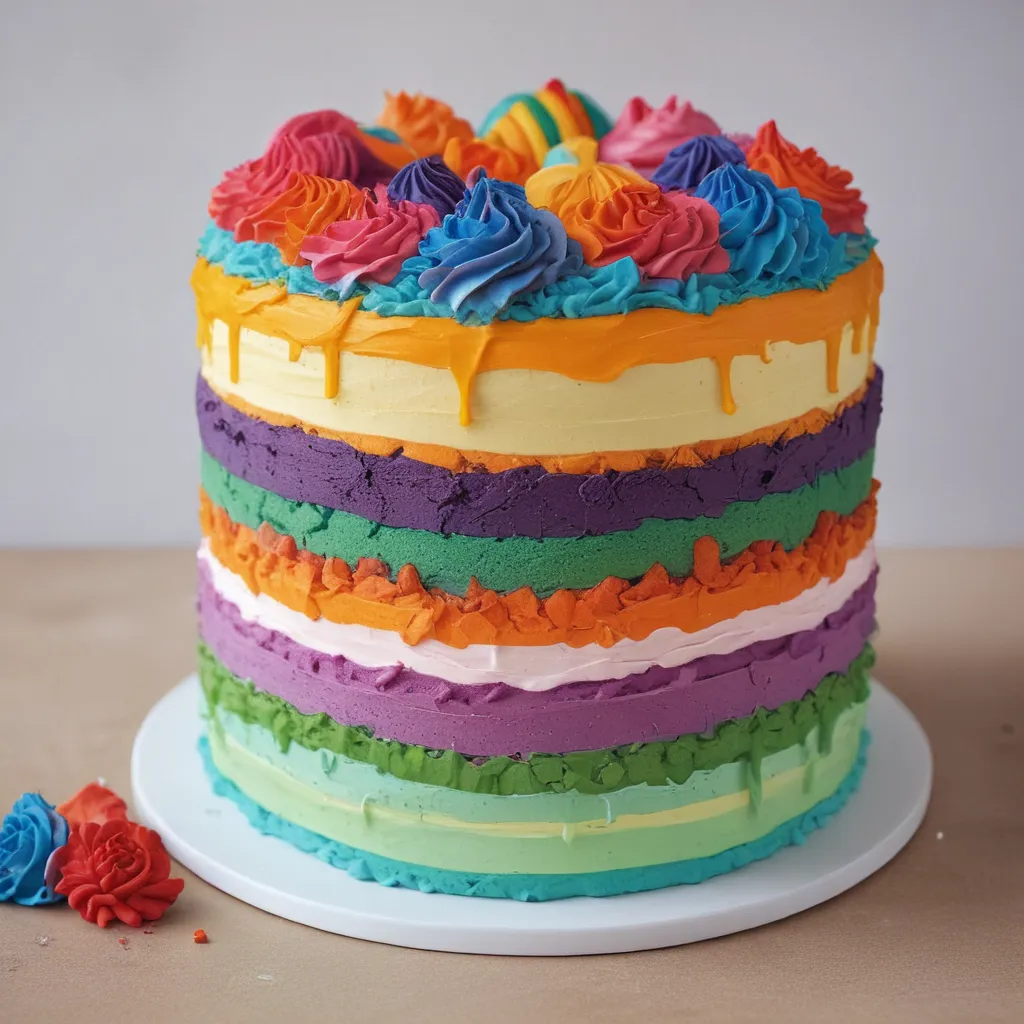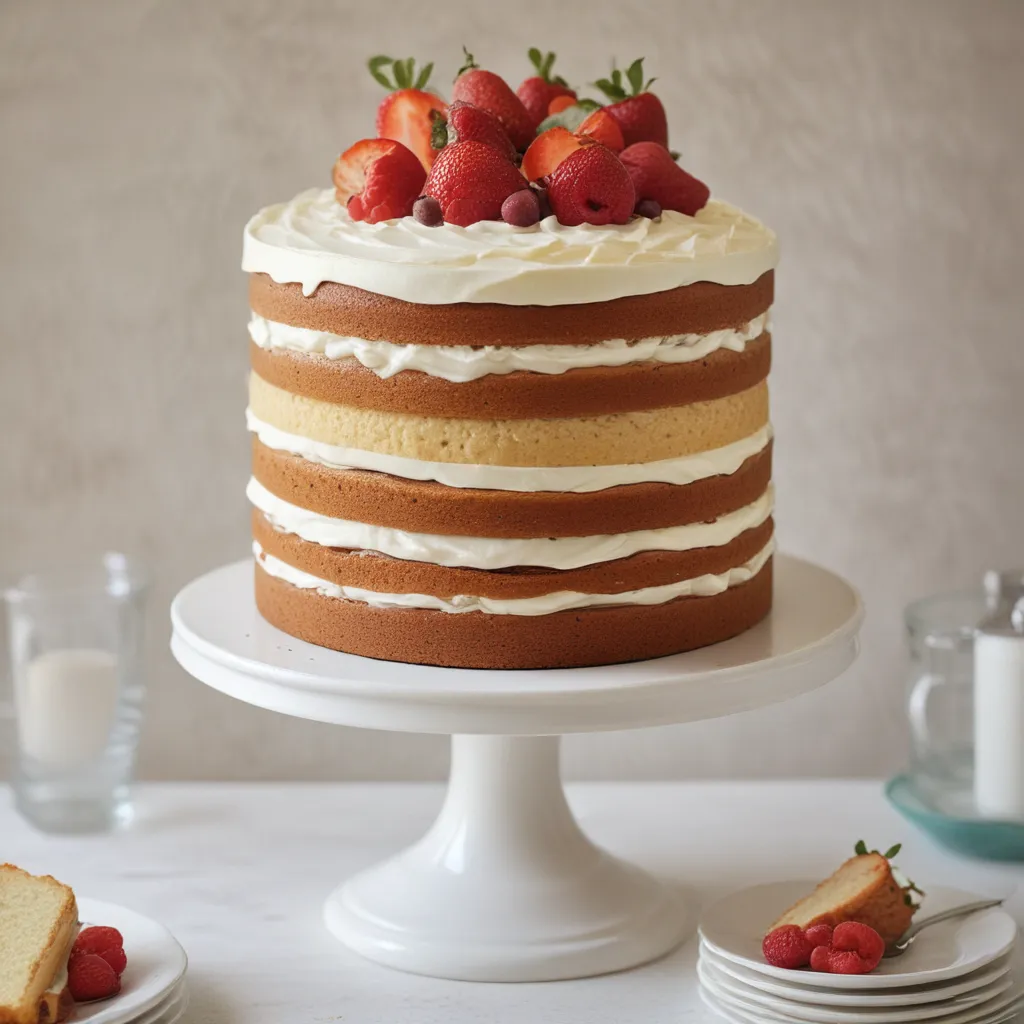Oh man, I’ve been there – you spend hours carefully measuring, mixing, and meticulously decorating your cake, only to pull it out of the oven and watch in horror as it turns into a sad, lopsided mess. Talk about a total buzzkill! If you’re anything like me, your heart sinks as you wonder where on earth you went wrong. Well, fear not my fellow cake-loving friends, because I’m here to share my hard-earned wisdom on how to troubleshoot those dreaded cake collapses.
Understanding the Causes of Cake Collapse
Let’s start by taking a closer look at what causes cakes to collapse in the first place. It’s not always as simple as “I’m a terrible baker” (although I’ve definitely felt that way more times than I care to admit). In reality, there are a whole host of factors that can contribute to a sunken, lopsided cake – from issues with the recipe and baking technique to problems with your oven and even the weather!
One of the most common culprits is over-mixing the batter. When you overmix, you can end up incorporating too much air into the batter, which causes the cake to rise rapidly in the oven, only to collapse back down as it cools. Another common issue is using the wrong fat or not getting the fat-sugar ratio quite right. Cakes need a perfect balance of fat and sugar to achieve that light, fluffy texture – too much or too little of either can lead to a dense, heavy cake that just can’t hold its shape.
The oven temperature is also critical. Bake your cake at too low a temperature and it won’t rise properly; bake it at too high a temp and the outside will cook before the inside is done, leading to that dreaded sinking effect. And let’s not forget the weather – changes in humidity can wreak havoc on your batter, making it too wet or too dry.
Troubleshooting Step-by-Step
Alright, now that we’ve identified some of the most common culprits, let’s dive into some practical troubleshooting tips to help you avoid those cake collapses in the future. I like to break it down into a handy little step-by-step guide:
1. Inspect Your Oven
The first thing I always do is give my oven a thorough inspection. Is it heating up to the right temperature? Are the heating elements working properly? You can use an oven thermometer to check the actual temp versus the setting – sometimes our ovens can be off by 25 degrees or more! If your oven seems to be running hot or cold, that could definitely be contributing to an uneven rise and sunken center.
2. Review the Recipe
Next, I take a careful look at the recipe I used. Are the ratios of ingredients balanced? Does the method make sense – like creaming the butter and sugar first, then alternating wet and dry ingredients? I’ll often do a little research to see if there are any known issues with the specific recipe I used. Sometimes a simple tweak, like adding a bit more liquid or flour, can make all the difference.
3. Check Your Mixing Technique
Okay, time to take a hard look at my own cake-making skills. Am I over-mixing the batter? Under-mixing? Not incorporating the ingredients properly? I find it really helpful to watch a few tutorial videos to see how the pros do it. Breaking down the steps and paying close attention to the consistency of the batter as I mix can reveal all sorts of technique issues.
4. Inspect the Physical Cake
Once the cake is out of the oven, I do a careful inspection. Is the center sunken while the edges are nicely risen? Is it lopsided or uneven? Depending on the specific issues I see, that can provide valuable clues about what might have gone wrong. For example, if the middle is fully sunken, that’s a telltale sign of over-mixing, while an uneven rise could mean the oven temp was off.
5. Adjust and Try Again
Armed with all this new troubleshooting knowledge, I’ll make the necessary adjustments and give it another go. Maybe I’ll tweak the recipe, double-check my oven temp, or focus on my mixing technique. I find it really helpful to jot down any changes I make so I can keep track of what works (or doesn’t!).
Putting it All Together: Real-Life Examples
Now, I know all this troubleshooting talk can sound a bit dry, so let me share a couple of real-life cake collapse stories to bring it all to life. One time, I was making a gorgeous three-tier wedding cake for a friend’s big day. I followed the recipe to a tee, or so I thought. But when I took that top tier out of the oven, my heart sank – it was completely lopsided and sunken in the middle. Turns out, I’d accidentally swapped the measurements for the baking powder and baking soda. Whoops! Luckily, I caught it in time to start over.
Another time, I was baking cupcakes for my kid’s class party. Everything was going great until I opened the oven to check on them, only to watch in horror as the cupcakes went pancake-flat right before my eyes. After a bit of investigation, I realized my oven had been running about 50 degrees hotter than the setting. A quick adjustment to the thermostat and a fresh batch of cupcakes saved the day.
The moral of the story? Cake collapses happen to the best of us – even seasoned bakers like myself. But with a little troubleshooting know-how and a willingness to experiment, you can minimize those disasters and end up with beautifully risen, perfectly shaped cakes every time. And hey, even if you do end up with a bit of a flop, remember – it’s still cake! A little whipped cream and some creative decorating can work wonders.
Conclusion
So there you have it, my friends – your ultimate troubleshooting guide for dealing with those dreaded cake collapses. Remember, the key is to approach each disaster as a learning opportunity. Embrace your inner cake detective, examine the evidence, and make the necessary adjustments. And most importantly, don’t get discouraged. Baking is an art, not an exact science, and with a little practice (and a whole lot of delicious trial-and-error), you’ll be whipping up towering, perfectly risen cakes in no time.
Now, if you’ll excuse me, I’m off to pre-heat the oven. I’ve got a new recipe I’m dying to try – let’s hope it sticks the landing this time! Happy baking, folks. And don’t forget to check out Jax Cake Shop for all your custom cake needs.





